Nothing, absolutely nothing, conveys the joy of being afloat quite so purely as a light paddling boat. We can build the Fox canoe in our garage, carry it atop our car, and paddle it across open water. At the far side of the bay, the little double-ender might take us to the head of a forgotten creek that nature has reclaimed from industrial intrusion.
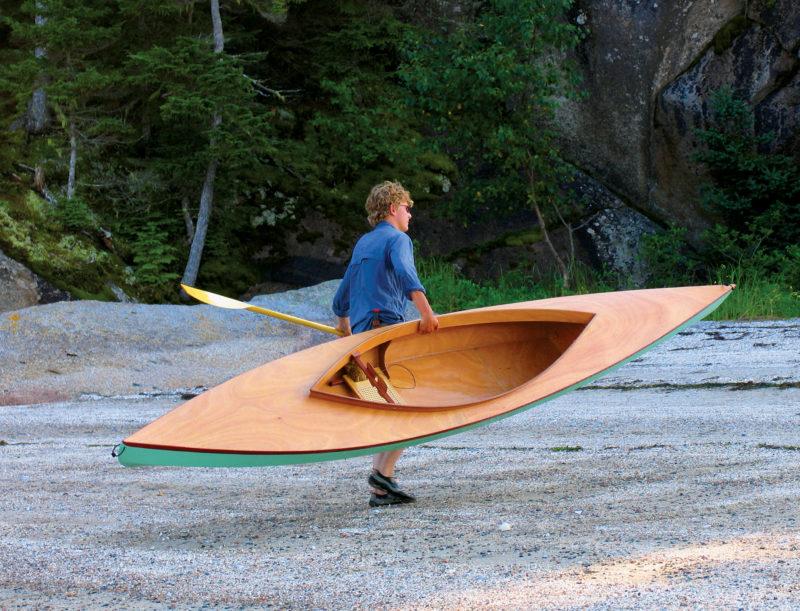 Bill Thomas
Bill ThomasThe 14’7” Fox double-paddle canoe, which weighs only 44 lbs, is casually portable. Its 6’8”-long cockpit offers considerable room, yet can be securely sealed with a spray skirt.
Readers of these pages will know that the past three decades have seen kayaks take to the water in great numbers. Indeed, some manufacturers might be tempted to market Fox as a “recreational kayak” in order to boost sales. To his credit, Bill Thomas, designer and builder, describes this nifty little boat as what it really is: a decked double-paddle canoe. At 14′ 7″ in length and measuring more than 30″ ″across the rails (to say nothing of its commodious 6’8″-long cockpit), this is no kayak. It will do things that no true kayak can…or at least it will do them more comfortably.
If you paddle kayaks, the first thing you might notice upon stepping aboard Fox is that you can, in fact, step right aboard. You will find no need to jackknife into a dark wormhole of a cockpit while leaning on a paddle for stability. If any unfriendly creatures have taken up residence in the boat since your last visit, they will be right out in the open. You’ll see the snake before it begins to climb up your right leg.
The caned canoe seat in Fox rests about 1″ above the hull’s narrow, flat bottom. This seat, combined with the flexible slatted backrest, offers hours of good comfort. Although no footrests are provided, we can brace our knees against the cockpit coaming. As an old kayaker, I’d be inclined to install adjustable and removable foot braces in this boat. They would add power to our paddling stroke and enhance feelings of security in rough water.
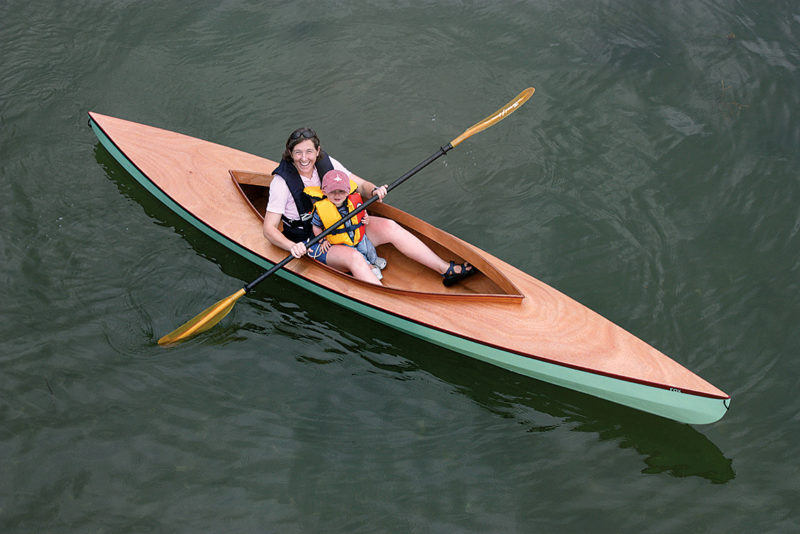 Bill Thomas
Bill ThomasThis stable canoe comfortably accommodates a mother and child.
Part of the comfort and ability of this boat results from its relatively generous freeboard. The point where our paddle shaft crosses the coaming measures about 13″ above the floor. We’ll likely hit it with our knuckles if we employ our favorite short kayak paddle. Let’s buy, or make, a wooden paddle with a long shaft and small blades.
How long should the paddle be? A few rules of thumb exist for determining paddle length, but experience has shown that they’re not worth repeating here. If we’re making our own paddle, we can put together a rough preliminary version that will let us experiment with shaft length, blade shape, and angle of feather. If we’re purchasing a paddle, we can test-drive several models at the local outfitter’s pond. For this boat, I’ll wager that we’ll favor a paddle that measures 8′ to 8 ½’ in length.
Designer Thomas has given Fox a multi-chined hull with a flat bottom that shows just a little rocker (longitudinal curvature). The resulting stability curve seems friendly. As we lean to the side, this canoe heels easily at first. Then it stiffens up nicely. A relatively long waterline and fine entry allow the boat to move right along. Can we keep pace with the local kayak fleet? Well, that depends. Yes, we can cruise easily alongside most sea kayaks, and carry a bigger lunch as well. But we cannot change the laws of hydrodynamics, so let’s not get drawn into racing against one of those 20′ × 18″ torpedoes.
Fox appears to have just the right amount of directional stability. It likes to keep going where we point it, yet it turns easily and predictably. This canoe needs neither a skeg nor a rudder, and our paddling technique will improve if we travel without these complications. The good maneuverability lets us play in river currents and on the faces of standing waves. Most of the time, we’ll feel no need for a sprayskirt, yet the tall cockpit coaming will easily accept one—inexpensive insurance against a wet lap, or a cockpit full of water. Should the worst happen, large watertight compartments forward and aft will keep the flooded boat afloat. They will hold plenty of food and gear as well.
At the end of the day, we can bed down in the huge cockpit. I’ve spent many nights sleeping in the bilge of my 17′ sea kayak, and the accommodations aboard Fox seem plush by comparison.
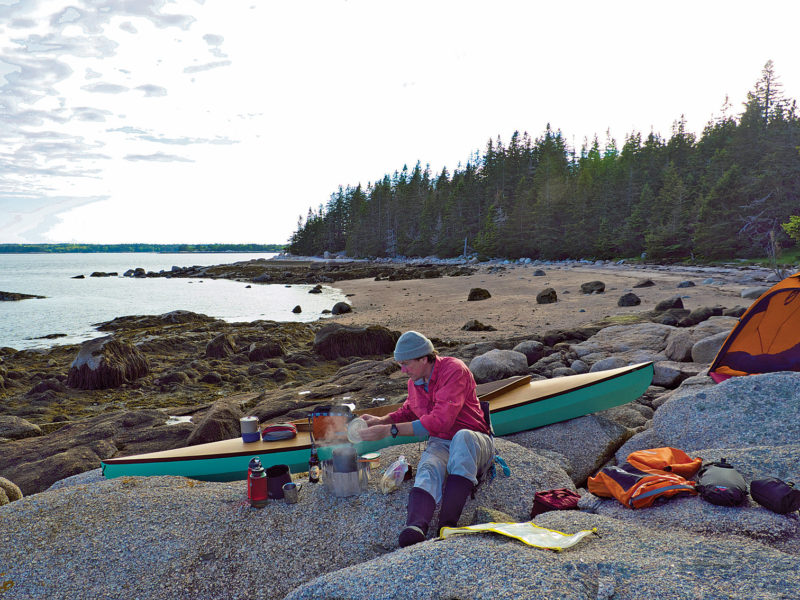 Bill Thomas
Bill ThomasThis canoe also comfortably accommodates designer-builder Bill Thomas and all his camping gear.
We’ll build this canoe in stitch-and-glue fashion. The plans set includes full-sized patterns for almost all the pieces, and a particularly well-illustrated 36-page Builders Guide comes along as well. No true lofting will be required. After transferring the paper patterns to sheets of okoume plywood (4mm for hull sides, deck, and bulkheads; 6mm for bottom and deckbeams), we’ll cut out the parts. Then we’ll drill holes along the edges of the sides and bottom, and pull the pieces together by twisting 3″ lengths of 18-gauge copper wire that’s been poked through the holes. This is quick work. After cutting out the parts, we can assemble the hull in less than a day. The cockpit coaming and deck will follow.
Then comes a lot of filleting (with filled epoxy), sanding, fiberglassing, sanding, priming, painting, and yet more sanding. This little canoe has a nice shape, and time spent obtaining a yacht finish would seem well spent. The process should move along at a satisfying pace.
Thomas teaches a class in how to build the Fox canoe at WoodenBoat School here in Brooklin, Maine. Starting with kits, the students put together their own boats. At the end of the six-day course, the boats are essentially complete and require only final finishing before hitting the water.
Decked double-paddle canoes are nothing new. John MacGregor, a Scotsman, usually received credit for the introduction and early development of these light double-ended boats. He might have taken inspiration for his well-known Rob Roy canoes from kayaks he had studied while traveling near the Bering Sea in 1859. During the late 1800s and early 1900s, the type enjoyed great popularity. Later in the 20th century, L. Francis Herreshoff, from whose drawing table floated the 72′ TICONDEROGA (all 108,300 elegant pounds of her), took much of his waterborne pleasure in double-paddle canoes of his own design.
Compared to sea kayaks, these canoes offer greater stability and comfort. For inexperienced paddlers, they can prove safer. Folks who have no intention of learning more than the first 180 degrees of the Eskimo roll, might be better served by double-paddle canoes. Compared to the common open “Indian” or “Canadian” canoes (usually driven by single-bladed paddles), Fox and its relatives offer better rough-water capability. In addition, double-bladed paddles tend to be inherently efficient, as our power strokes are virtually continuous. Nothing is lost to recovery.
In drawing Fox, Bill Thomas has created a capable and forgiving boat that will take us on grand adventures. Perpetually watertight and coated with epoxy, it will prove easy and inexpensive to keep. At 44 lbs finished weight, it is casually portable. If we build Fox, we certainly will paddle it—and more often than we might think. ![]()
Plans, kits, classes, and completed boats are available from Bill Thomas Maker. This Boat Profile was published in Small Boats 2012 and appears here as archival material.
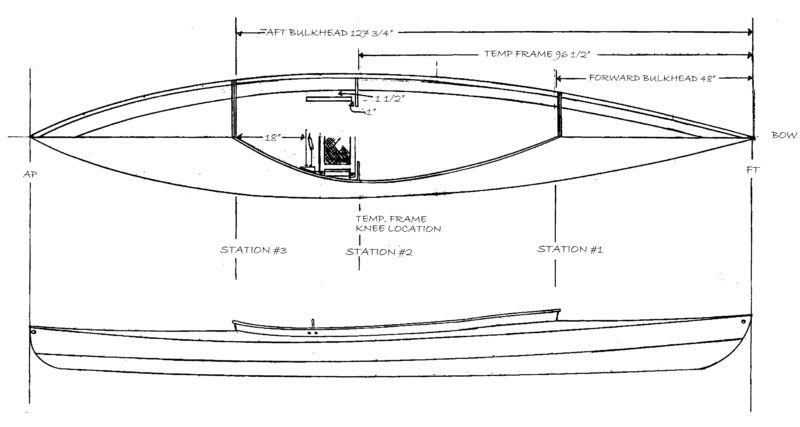
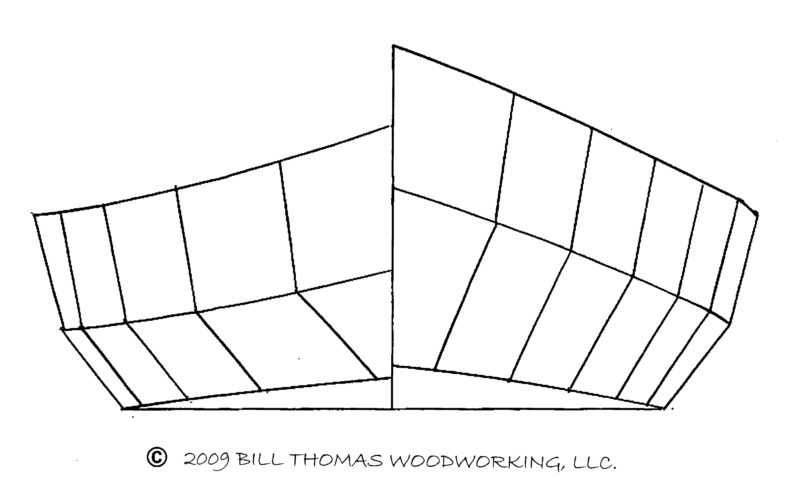


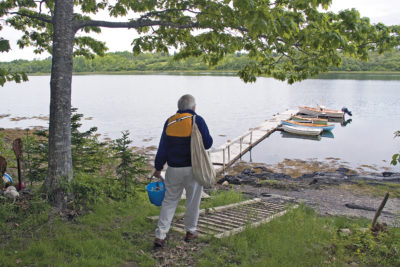
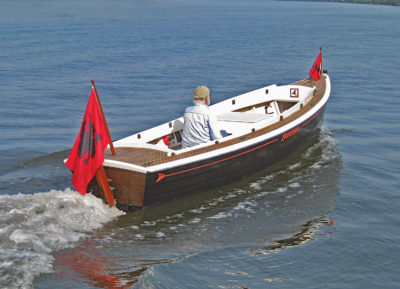
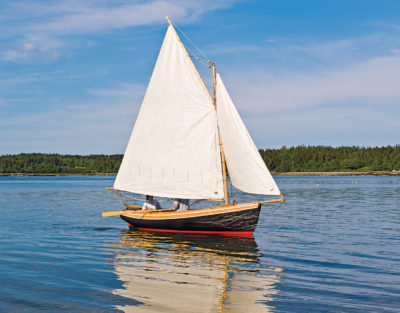
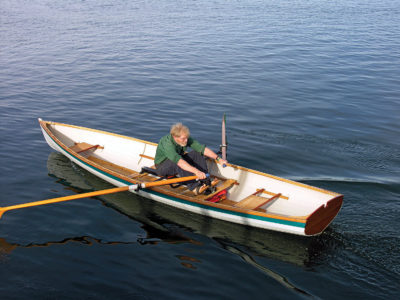
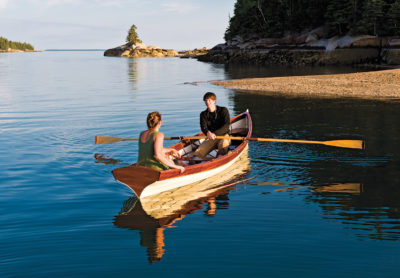

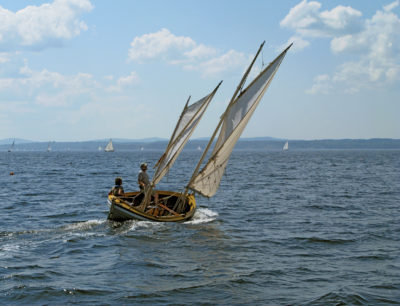
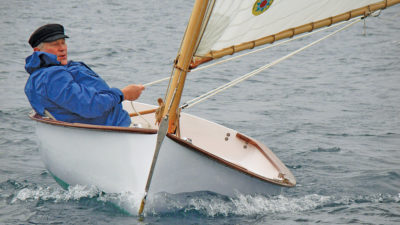
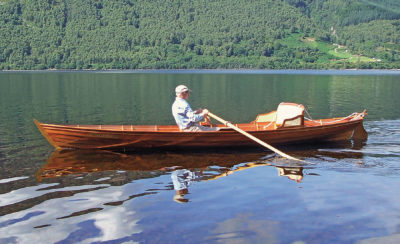
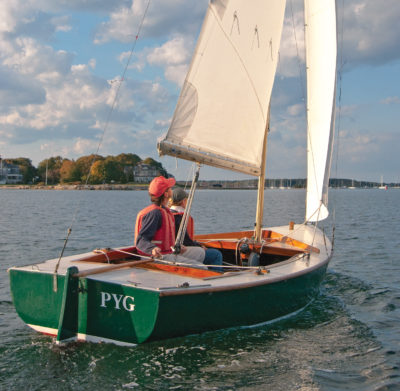
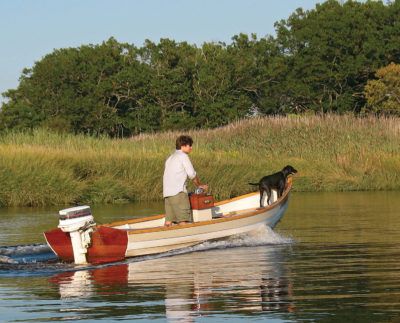
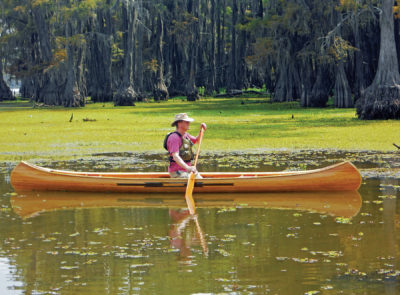
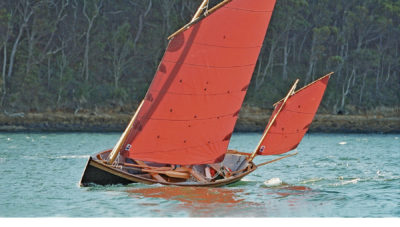
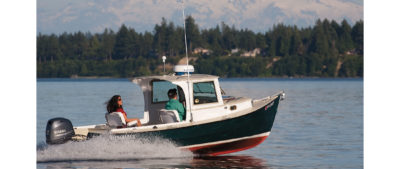
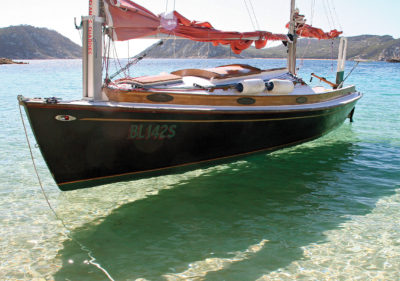

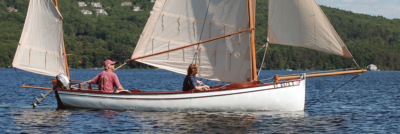
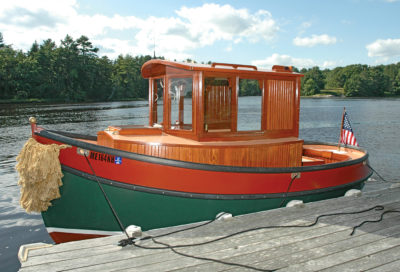
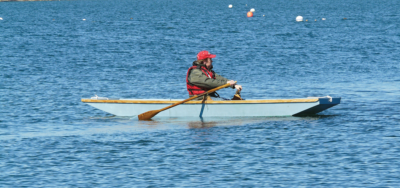
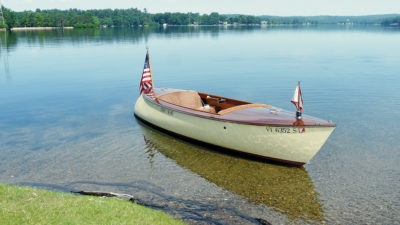
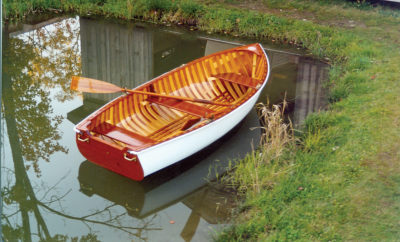
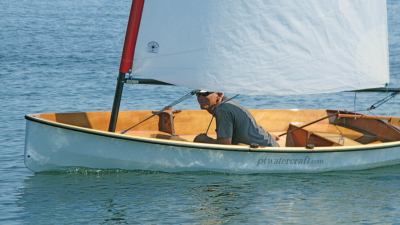
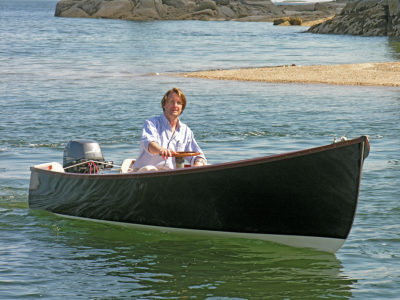
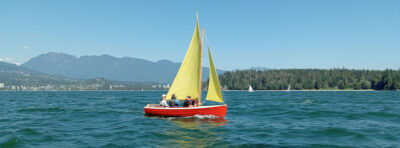
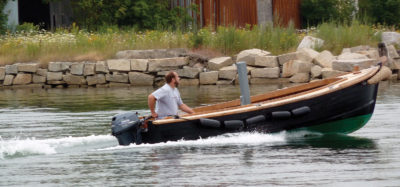

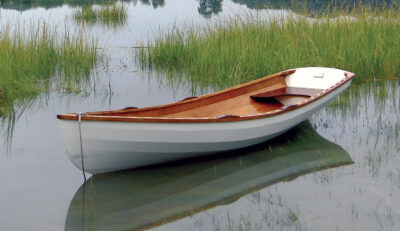
I’ve admired Fox ever since it appeared in Small Boats 2012, but never built one. I discovered Dave Gentry’s skin-on-frame designs, and ended up building a Chuckanut 15, MARSHWIGGLE. Since I use it as a solo boat mostly, it mimics Fox nicely. Weight is nearly identical, as I built it a bit heavy.
Rich Roberts
Having never built a boat before, I built “his & hers” Fox canoes over two winters. Aided by the Off Center Harbor video series and Bill’s very thorough and thoughtful instruction manual, I amazed myself by accomplishing something I never dreamed possible. Building these canoes was every bit as fun as paddling them and they are really fun to paddle! We have not yet launched them into salt water but have explored several lakes and rivers east of the Cascades here in Washington State. Kudos to Bill!
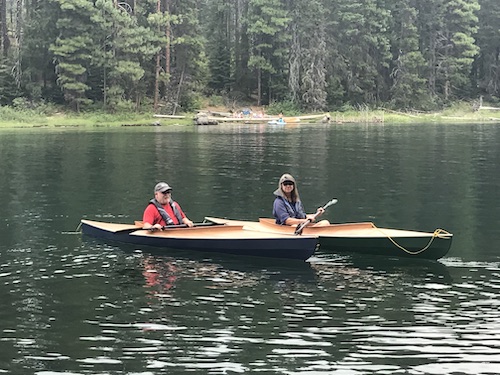
It looks so similar to my Folbot of the 1970’s. I really like the Fox given its light weight, yet roominess. Just wondering if you or any reader has the data on the old Folbots for comparison.
I built mine in a Fox workshop with Bill Thomas. In five days we completed the kit and I finished what you see back home in Texas. She has drawn many compliments at Texas Wooden Boat Show in Port Aransas.
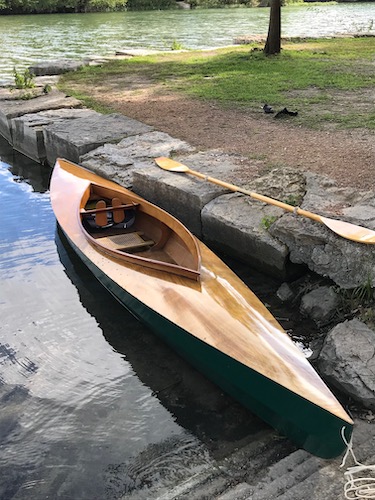
Bob Shipman